Back to Courses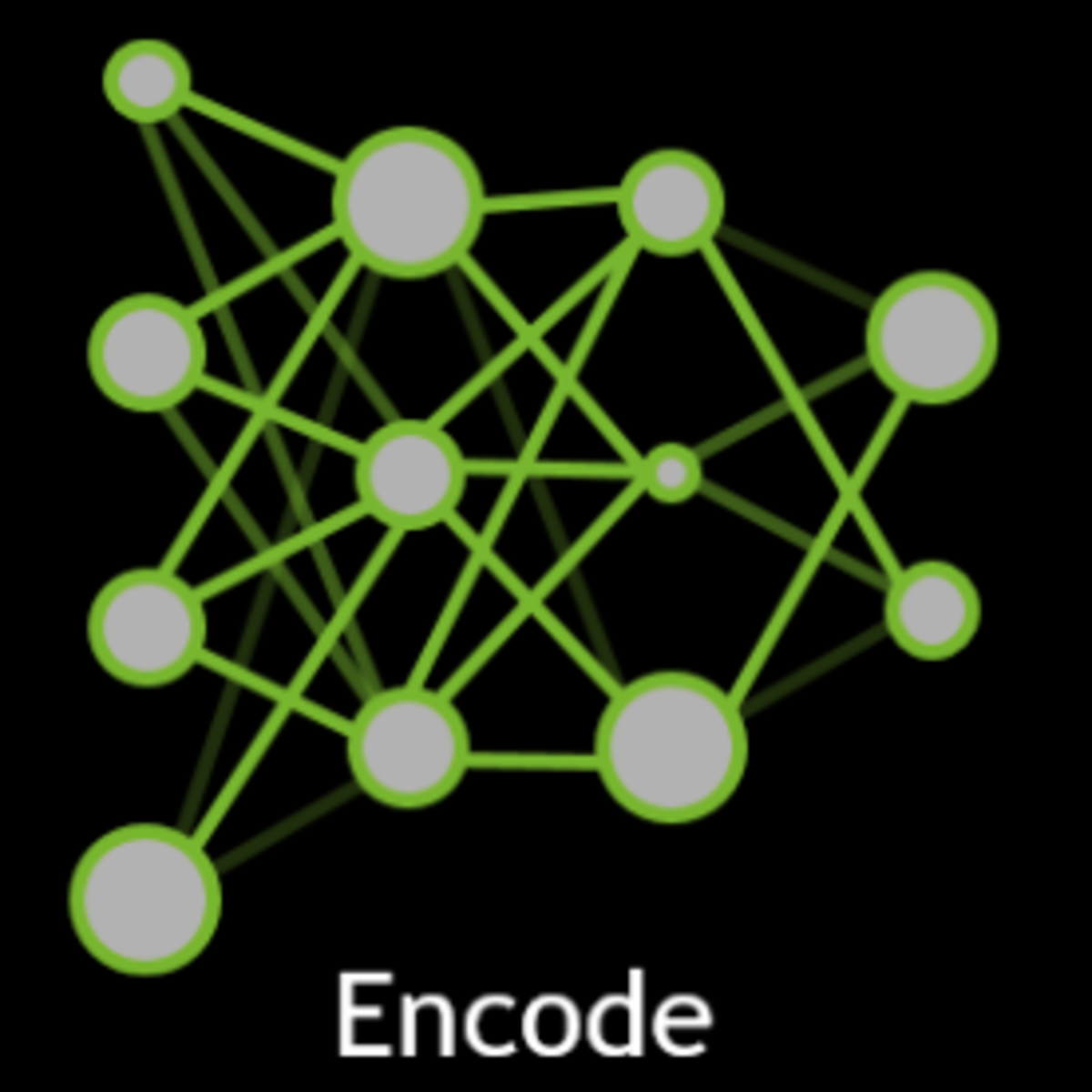



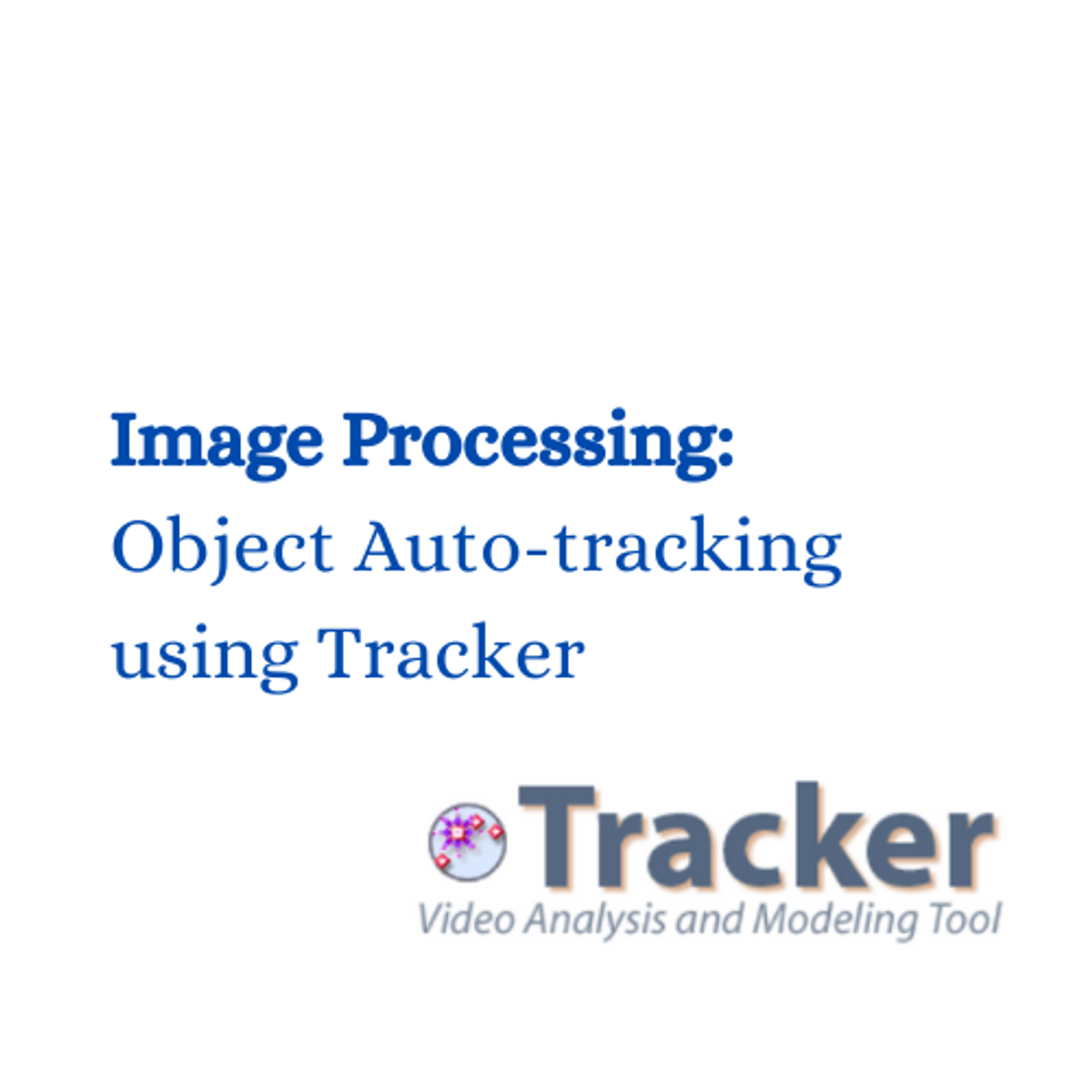
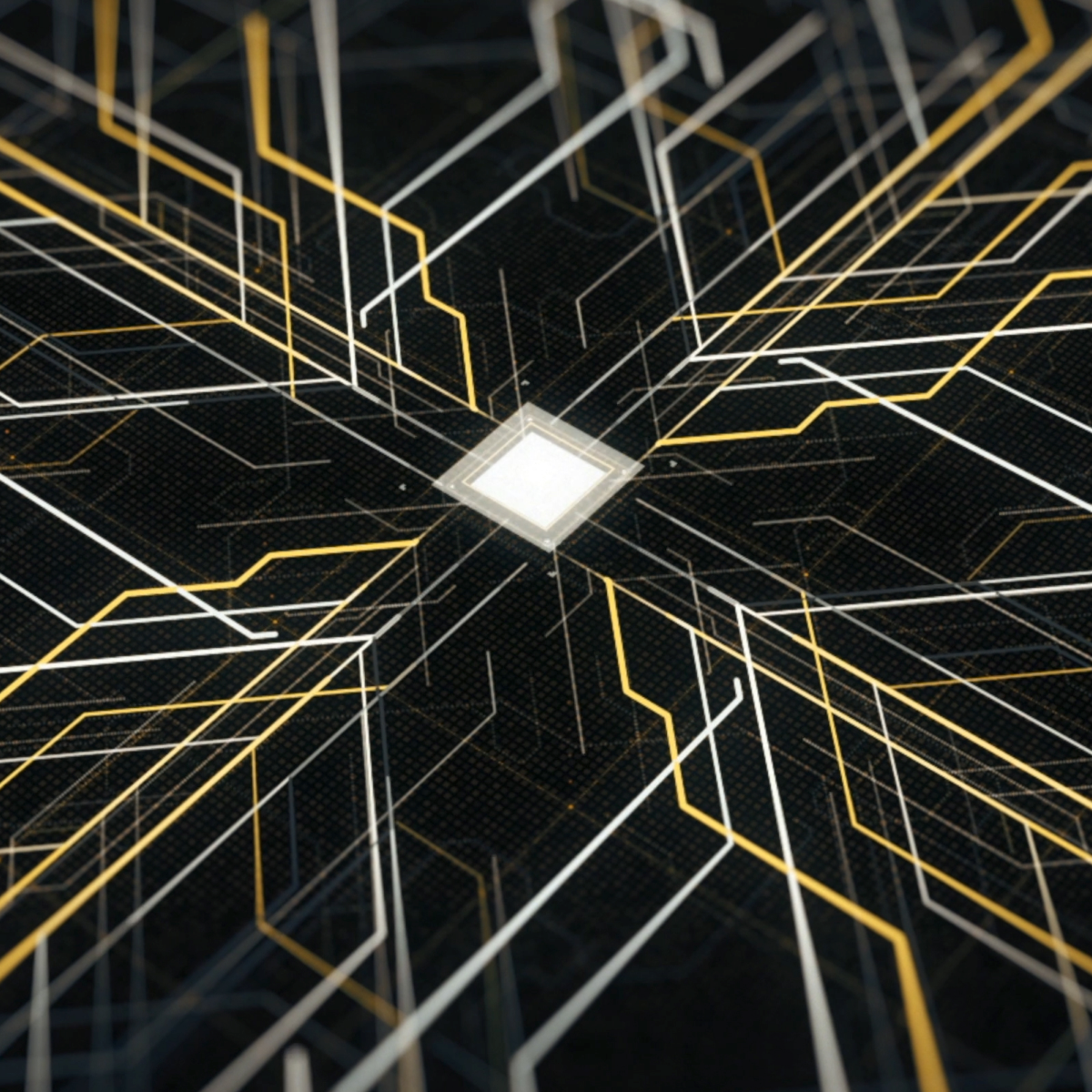

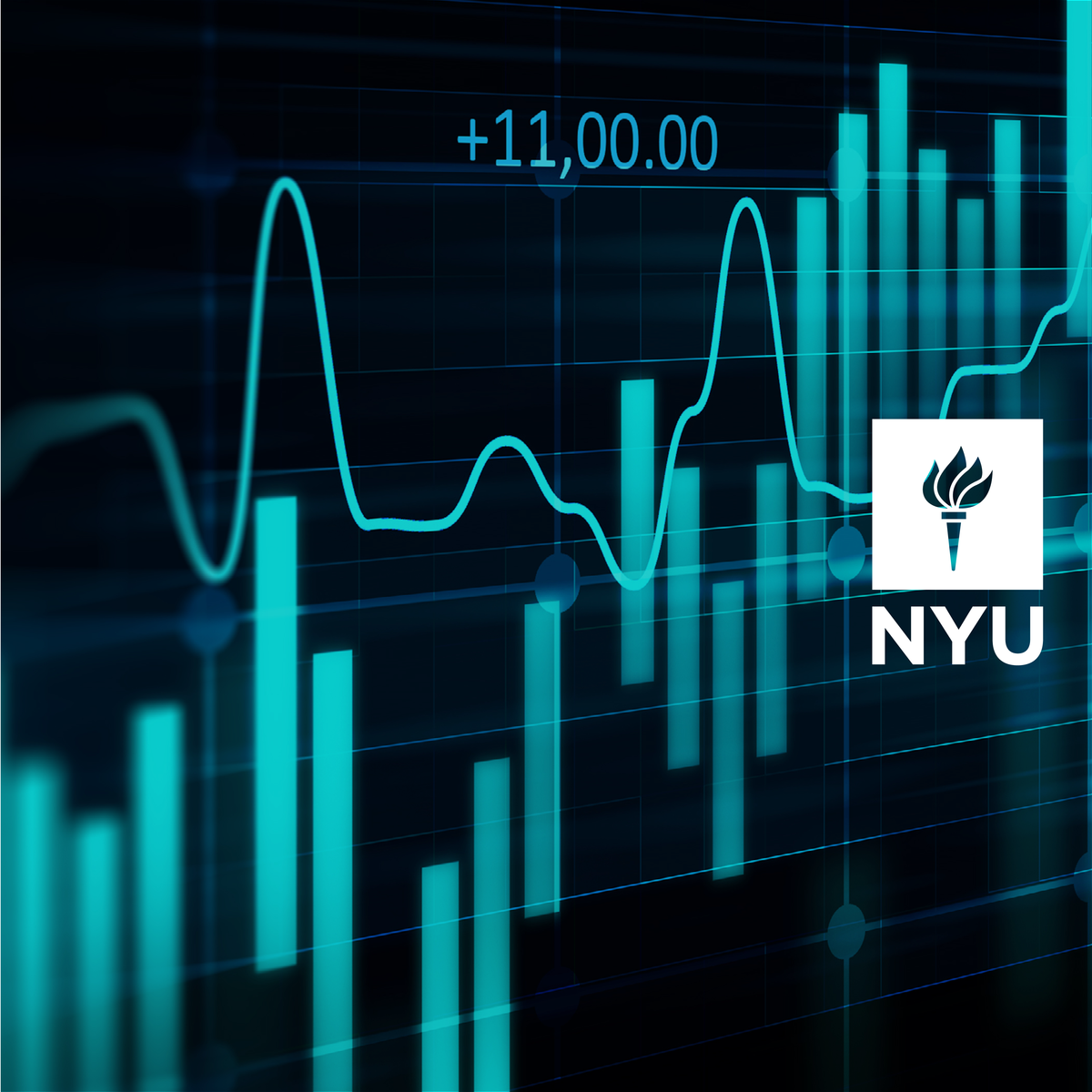
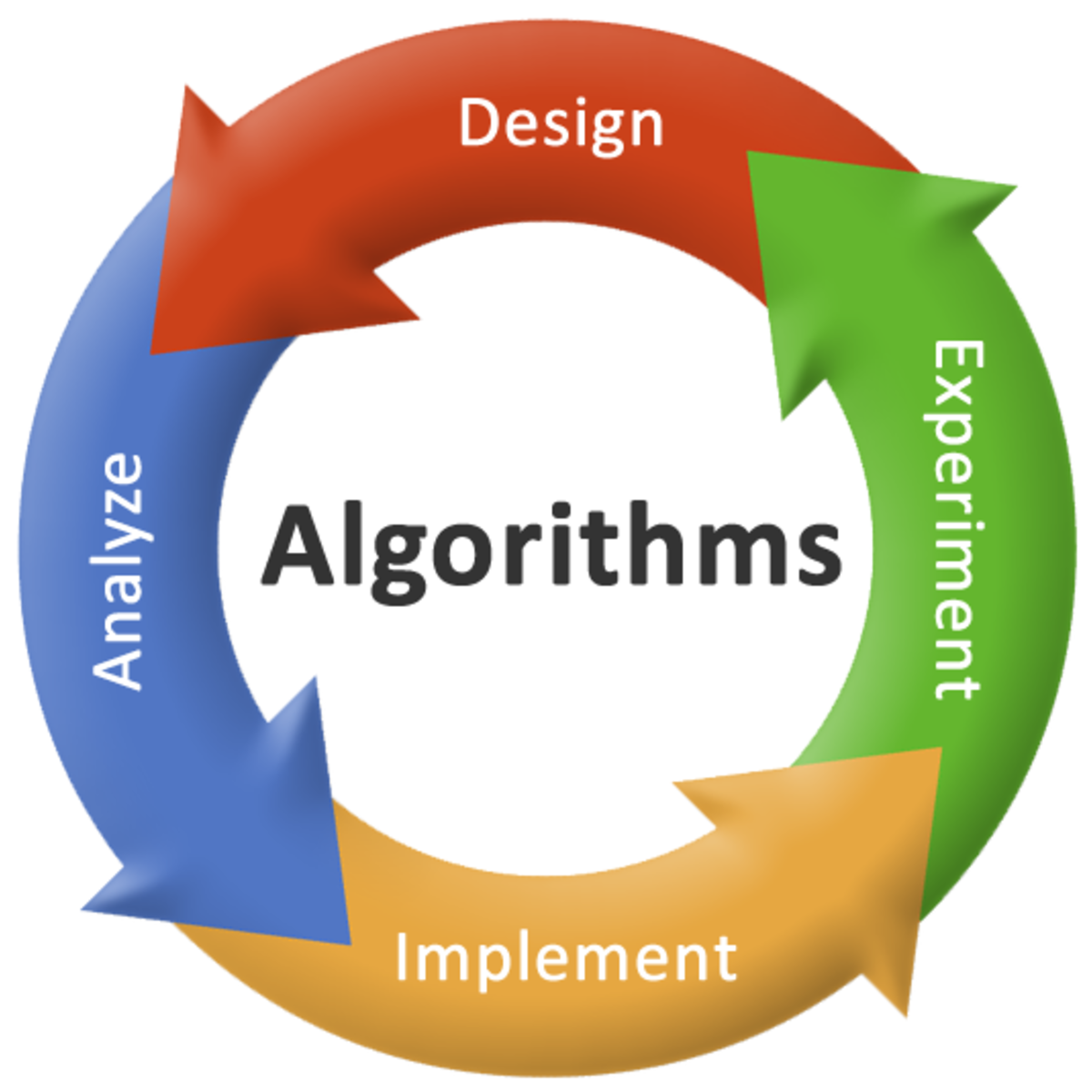
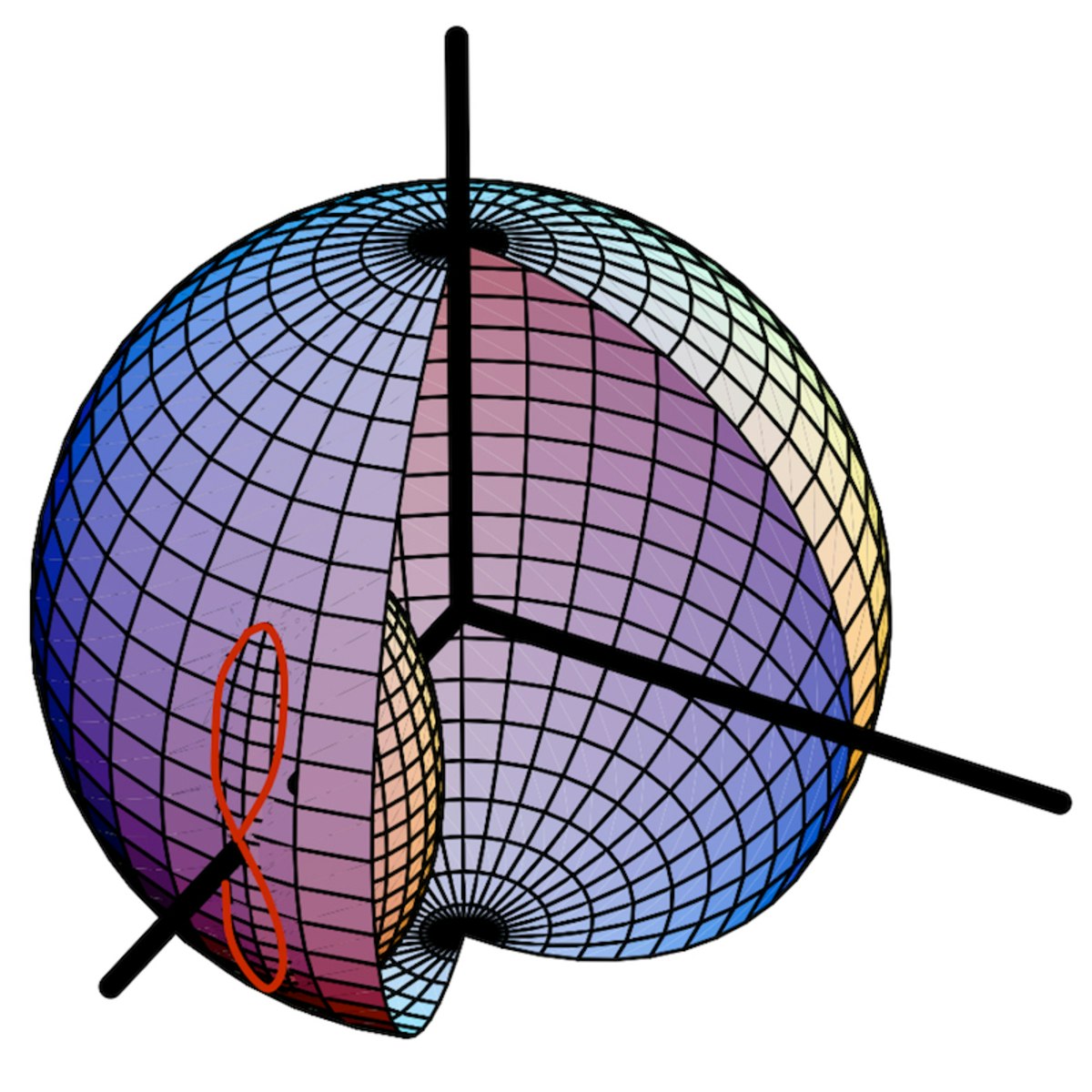
Algorithms Courses - Page 24
Showing results 231-240 of 326

Image Super Resolution Using Autoencoders in Keras
Welcome to this 1.5 hours long hands-on project on Image Super Resolution using Autoencoders in Keras. In this project, you’re going to learn what an autoencoder is, use Keras with Tensorflow as its backend to train your own autoencoder, and use this deep learning powered autoencoder to significantly enhance the quality of images. That is, our neural network will create high-resolution images from low-res source images.
This course runs on Coursera's hands-on project platform called Rhyme. On Rhyme, you do projects in a hands-on manner in your browser. You will get instant access to pre-configured cloud desktops containing all of the software and data you need for the project. Everything is already set up directly in your internet browser so you can just focus on learning. For this project, you’ll get instant access to a cloud desktop with Python, Jupyter, and Keras pre-installed.
Notes:
- You will be able to access the cloud desktop 5 times. However, you will be able to access instructions videos as many times as you want.
- This course works best for learners who are based in the North America region. We’re currently working on providing the same experience in other regions.

Excel/VBA for Creative Problem Solving, Part 2
"Excel/VBA for Creative Problem Solving, Part 2" builds off of knowledge and skills obtained in "Excel/VBA for Creative Problem Solving, Part 1" and is aimed at learners who are seeking to augment, expand, optimize, and increase the efficiency of their Excel spreadsheet skills by tapping into the powerful programming, automation, and customization capabilities available with Visual Basic for Applications (VBA).
In Part 2 of the course, learners will: 1) learn how to work with arrays and import/export arrays from/to Excel using VBA code; 2) learn how to work with text strings and write data to .txt files and import information from .txt files; 3) automate the import, modification, and consolidation of information from multiple worksheets into a central worksheet as well as the import of information from multiple workbooks to a central workbook; and 4) gain experience with creating professional user forms to interface with the user, perform advanced calculations, and manipulate data on the spreadsheet.
Learners who have a foundational understanding of VBA code and programming structures can jump right into Part 2 of the course without taking Part 1 and use the screencasts in Part 1 as reference.
Each module will introduce foundational and broad problems inspired by situations that you might encounter in the real world. To pass each module, you'll need to pass a mastery quiz and complete a problem solving assignment. This course is unique in that the weekly assignments are completed in-application (i.e., on your own computer in Excel), providing you with valuable hands-on training.

Image Noise Reduction with Auto-encoders using TensorFlow
In this 2-hour long project-based course, you will learn the basics of image noise reduction with auto-encoders. Auto-encoding is an algorithm to help reduce dimensionality of data with the help of neural networks. It can be used for lossy data compression where the compression is dependent on the given data. This algorithm to reduce dimensionality of data as learned from the data can also be used for reducing noise in data.
This course runs on Coursera's hands-on project platform called Rhyme. On Rhyme, you do projects in a hands-on manner in your browser. You will get instant access to pre-configured cloud desktops containing all of the software and data you need for the project. Everything is already set up directly in your internet browser so you can just focus on learning. For this project, you’ll get instant access to a cloud desktop with Python, Jupyter, and Tensorflow pre-installed.
Note: This course works best for learners who are based in the North America region. We’re currently working on providing the same experience in other regions.

Introduction to Basic Game Development using Scratch
By the end of this project, you will create a basic game using an introductory, web-based coding program called Scratch. Learning to code will allow you to build basic coding or computer science skills and a fundamental understanding in order to grow your programming abilities. Learners will engage in the design process in order to develop an understanding of how to develop algorithms that control programs, use event-driven programming, and debug a program.
Note: This course works best for learners who are based in the North America region. We’re currently working on providing the same experience in other regions.

Image Processing: Object Auto-tracking using Tracker
By the end of this project, you will be able to track two different objects easily using Tracker. You will be able to adjust video clip settings and make clips of it.Moreover, you will be able to calibrate your video and set up your coordinate axis. Learning such a skill can help you in your research projects at university or work. It is an added skill to your data analysis skills set that can give you a competitive edge in data science or computer vision career related opportunities. If you are an educator, it will help you to analyze real world physics problems with your students.

CUDA Advanced Libraries
This course will complete the GPU specialization, focusing on the leading libraries distributed as part of the CUDA Toolkit. Students will learn how to use CuFFT, and linear algebra libraries to perform complex mathematical computations. The Thrust library’s capabilities in representing common data structures and associated algorithms will be introduced. Using cuDNN and cuTensor they will be able to develop machine learning applications that help with object detection, human language translation and image classification.

Health Data Science Foundation
This course is intended for persons involved in machine learning who are interested in medical applications, or vice versa, medical professionals who are interested in the methods modern computer science has to offer to their field. We will cover health data analysis, different types of neural networks, as well as training and application of neural networks applied on real-world medical scenarios.
We cover deep learning (DL) methods, healthcare data and applications using DL methods. The courses include activities such as video lectures, self guided programming labs, homework assignments (both written and programming), and a large project.
The first phase of the course will include video lectures on different DL and health applications topics, self-guided labs and multiple homework assignments. In this phase, you will build up your knowledge and experience in developing practical deep learning models on healthcare data. The second phase of the course will be a large project that can lead to a technical report and functioning demo of the deep learning models for addressing some specific healthcare problems. We expect the best projects can potentially lead to scientific publications.

Reinforcement Learning in Finance
This course aims at introducing the fundamental concepts of Reinforcement Learning (RL), and develop use cases for applications of RL for option valuation, trading, and asset management.
By the end of this course, students will be able to
- Use reinforcement learning to solve classical problems of Finance such as portfolio optimization, optimal trading, and option pricing and risk management.
- Practice on valuable examples such as famous Q-learning using financial problems.
- Apply their knowledge acquired in the course to a simple model for market dynamics that is obtained using reinforcement learning as the course project.
Prerequisites are the courses "Guided Tour of Machine Learning in Finance" and "Fundamentals of Machine Learning in Finance". Students are expected to know the lognormal process and how it can be simulated. Knowledge of option pricing is not assumed but desirable.

Divide and Conquer, Sorting and Searching, and Randomized Algorithms
The primary topics in this part of the specialization are: asymptotic ("Big-oh") notation, sorting and searching, divide and conquer (master method, integer and matrix multiplication, closest pair), and randomized algorithms (QuickSort, contraction algorithm for min cuts).

Kinetics: Studying Spacecraft Motion
As they tumble through space, objects like spacecraft move in dynamical ways. Understanding and predicting the equations that represent that motion is critical to the safety and efficacy of spacecraft mission development. Kinetics: Modeling the Motions of Spacecraft trains your skills in topics like rigid body angular momentum and kinetic energy expression shown in a coordinate frame agnostic manner, single and dual rigid body systems tumbling without the forces of external torque, how differential gravity across a rigid body is approximated to the first order to study disturbances in both the attitude and orbital motion, and how these systems change when general momentum exchange devices are introduced.
After this course, you will be able to...
*Derive from basic angular momentum formulation the rotational equations of motion and predict and determine torque-free motion equilibria and associated stabilities
* Develop equations of motion for a rigid body with multiple spinning components and derive and apply the gravity gradient torque
* Apply the static stability conditions of a dual-spinner configuration and predict changes as momentum exchange devices are introduced
* Derive equations of motion for systems in which various momentum exchange devices are present
Please note: this is an advanced course, best suited for working engineers or students with college-level knowledge in mathematics and physics.
Popular Internships and Jobs by Categories
Browse
© 2024 BoostGrad | All rights reserved


